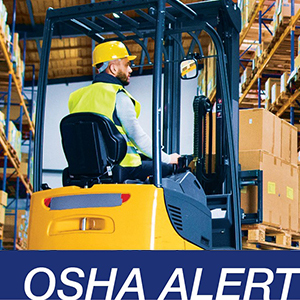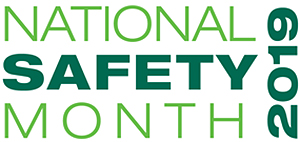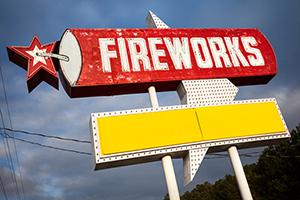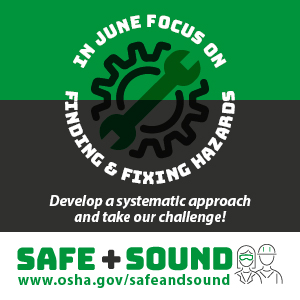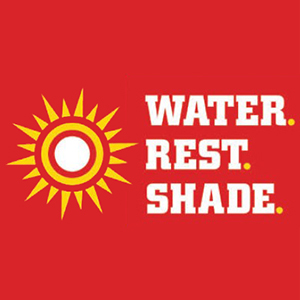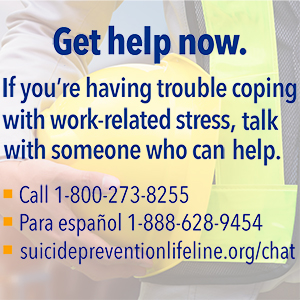 Rutgers School of Public Health is offering OSHA 7300: Understanding OSHA’s Permit-Required Confined Space Standard course in Somerset, New Jersey, in celebration of Safe & Sound week. This no fee, 1-day course will be held on August 15, 2019.
Rutgers School of Public Health is offering OSHA 7300: Understanding OSHA’s Permit-Required Confined Space Standard course in Somerset, New Jersey, in celebration of Safe & Sound week. This no fee, 1-day course will be held on August 15, 2019.Confined space entry work carries an inherent risk to workers. It has the potential to contain a hazardous environment, contain materials that have the potential to engulf an entrant, walls that converge or floors that slope downward, which may trap or asphyxiate an individual. They may also contain other recognized health or safety hazards, such as unguarded machinery, exposed live wires or heat stress.

